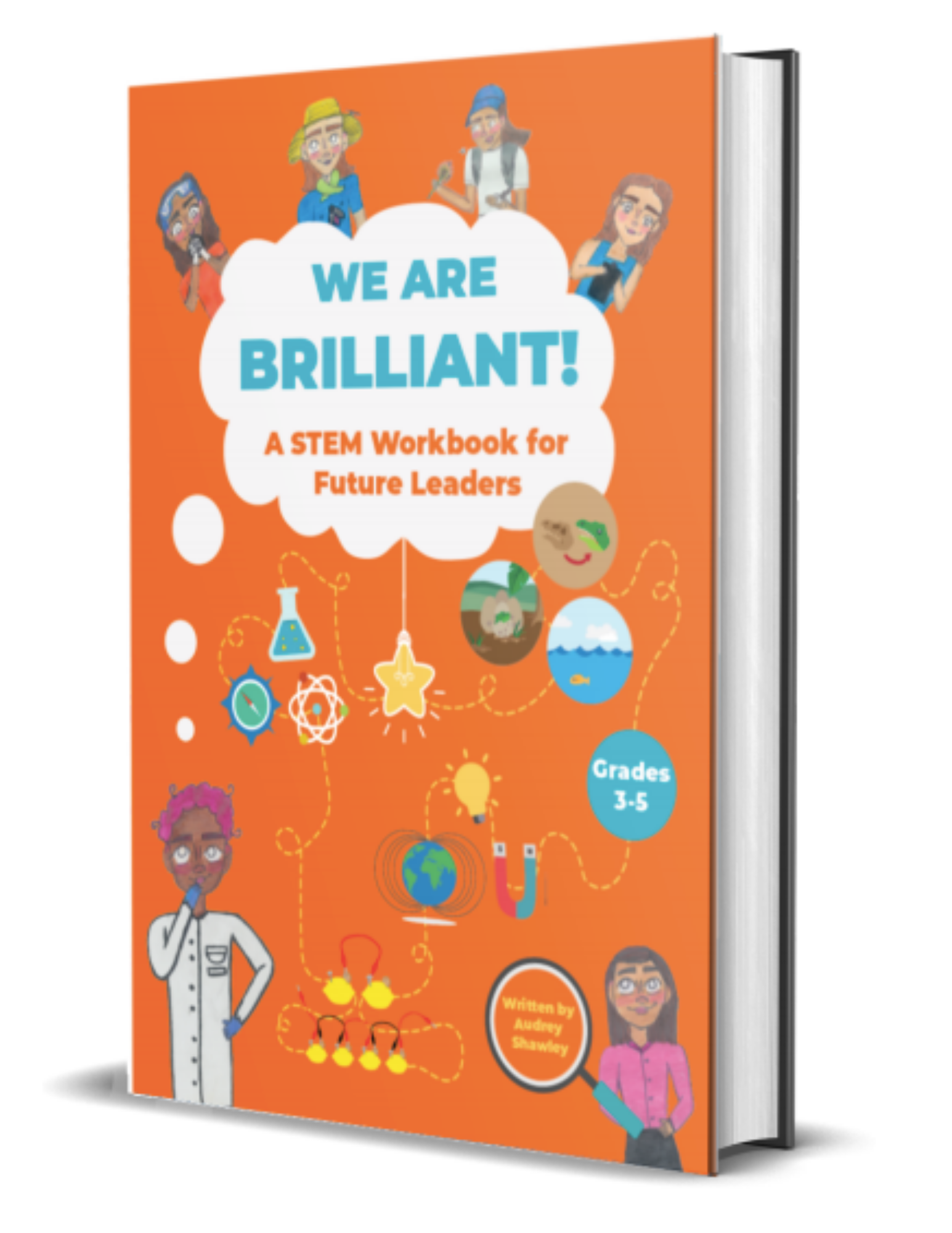Many different things shape the landscape, including water, wind, and ice. Over time, exposure to these elements changes the surface of the earth, which is a process called erosion. Today, we’ll see how erosion affects soil and learn why it’s important for scientists to study these changes!
MATERIALS:
3 containers of soil (a shoe box size works well)
Spray bottle of water
Straw
Ice
TIME ESTIMATED:
10 minutes
DIRECTIONS:
First, push the soil in each container to one side to make a hill. Try to clear all the soil from the other side so you can see how much falls.
Now simulate water erosion by spraying water on top of the hill in one container. Watch what happens to the soil as the water flows down!
Next, simulate wind erosion with your straw. In a different container, use the straw to blow air on top of the hill. Try blowing it harder or softer and watch how the soil’s movement changes!
Finally, simulate glacial erosion using ice. Place an ice cube at the top of the hill in the last container. Watch what happens as it moves down the soil!
Think LIke a Scientist!
Which type of erosion caused the most soil to fall?
How would things change if we made the soil flat instead of building a hill?
HOW DOES IT WORK?
In this experiment, we explored three different causes of erosion: water, wind, and glaciers (ice). Erosion occurs as different things wear away the surface of the earth over time. When we sprayed water on top of the hill, we showed how rainfall changes the surface of the earth. The water created a channel as it traveled down the hill, and the more water we sprayed, the larger this channel got. In fact, water is the biggest cause of erosion on earth! Many caves are formed when rainwater seeps into the earth’s rocky surface and eventually causes parts of the limestone within it to dissolve. Wind can also form caves, but they’re usually not as big or deep. We saw how wind can push soil down a hill and cause it to collect on an otherwise empty area. If we kept blowing through our straw for a very long time, the air would flatten the hill and then cause a new hill to form on the other side! We also used an ice cube to demonstrate what happens as glaciers slide across the earth’s surface. This is an example of abrasion, or when a glacier slides down a surface and drags bits of it forward. In the real world, dense objects such as rocks settle at the bottom of a glacier, so it’s like sliding extremely heavy sandpaper over the ground!
Further exploration:
Geomorphologists are scientists who study the earth’s surface and its changes. They also study the different types of erosion, and are especially concerned with ways to prevent the disasters it can cause. For example, they measure the stability of the soil on different slopes (or hills) because of possible landslides. In our experiment, if a small city of people had been on the side that was originally empty, the soil pushed over by the water, wind and ice would have caused lots of damage! This is why we need geomorphologists and other scientists to help us prepare for these changes.
Looking for more fun at-home STEM activities for your young scientist? Check out our workbook full of exciting science experiments and empowering activities!
Learn more and purchase today!


